
How Much Does Solar Panel Maintenance Cost in Australia?
Solar panels aren’t high-maintenance, but they’re not completely hands-off either, especially in Australia, where dust storms, salty coastal air, and the occasional pigeon party can mess with your system's performance.
The good news? Solar panel maintenance costs are very reasonable. It’s far less than the value of the energy your system can lose when it’s underperforming.
In this guide, we'll cover what solar panel maintenance actually costs, what factors drive those prices up or down, and smart ways to protect your investment for the long haul, without wasting a cent.
Key Takeaways:
Solar Panels Need Occasional Maintenance
You don’t need to worry about your solar system every month. But occasional inspections and light cleaning help keep it performing at its best. Regular maintenance helps you catch small issues before they turn into performance losses or costly repairs.
Not All Issues Need a Pro, But Some Definitely Do
You can monitor your system using your solar app, doing basic ground-level checks, or checking for error lights on your inverter. Anything involving roof access, wiring, or inverter faults should only be handled by a qualified professional. DIY repairs can void warranties and compromise your safety.
Skipping Maintenance Can Cost You More
Neglecting small issues leads to reduced energy production, higher power bills, and the risk of expensive system failures. What starts as a cheap clean can escalate into panel replacements that can run into thousands of dollars.
Do Solar Panels Need Maintenance?
Solar panels are built to last, often coming with warranties of 20+ years, but that doesn’t mean they’re maintenance-free. Here’s why staying on top of inspections and cleaning is crucial:
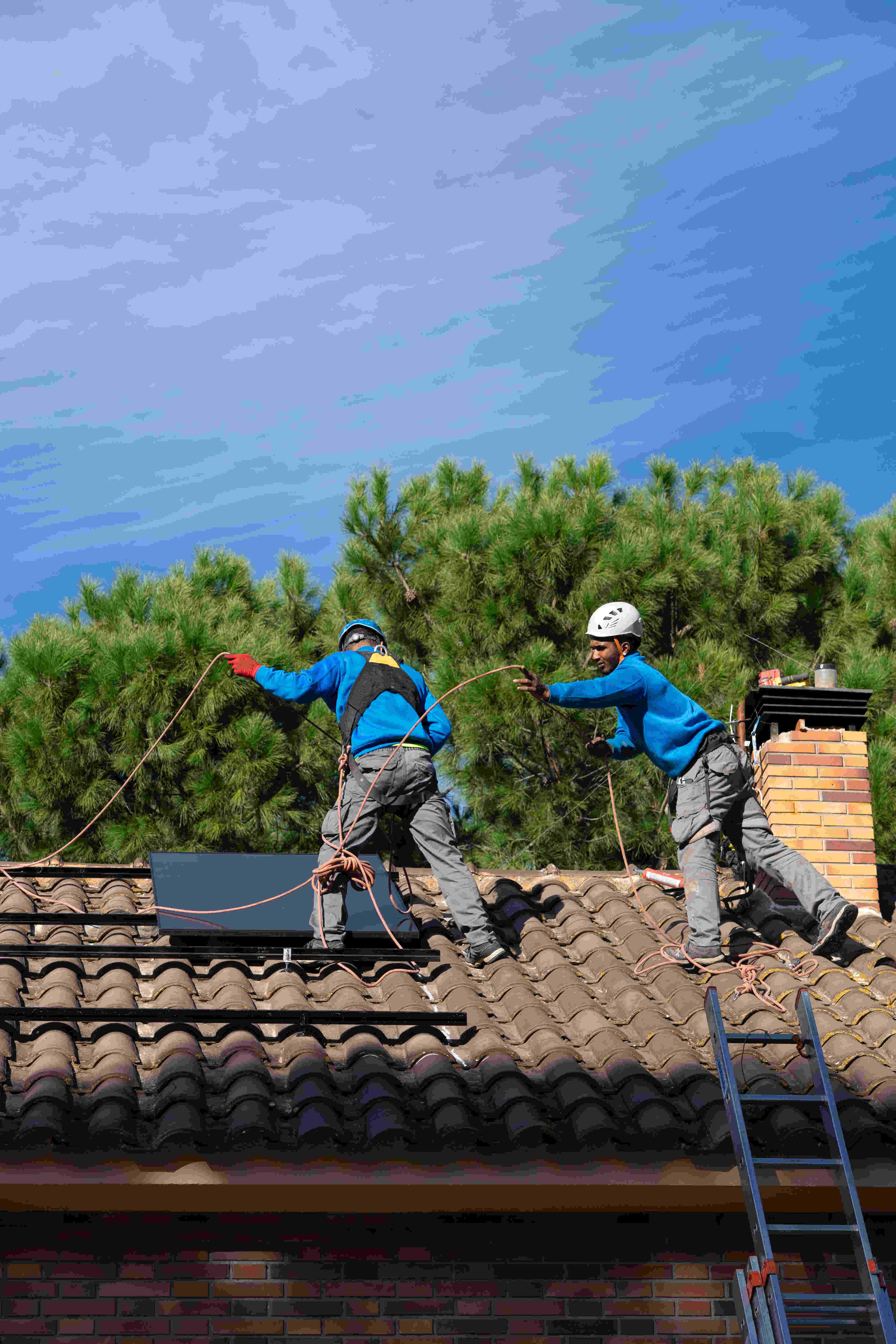
Dust, Dirt, and Debris Reduce Efficiency
Australia’s climate is no stranger to dust storms, dry spells, and heavy winds. Over time, dust, leaves, and bird droppings collect on solar panels, reducing their ability to absorb sunlight effectively. This means lower power generation and higher electricity bills.
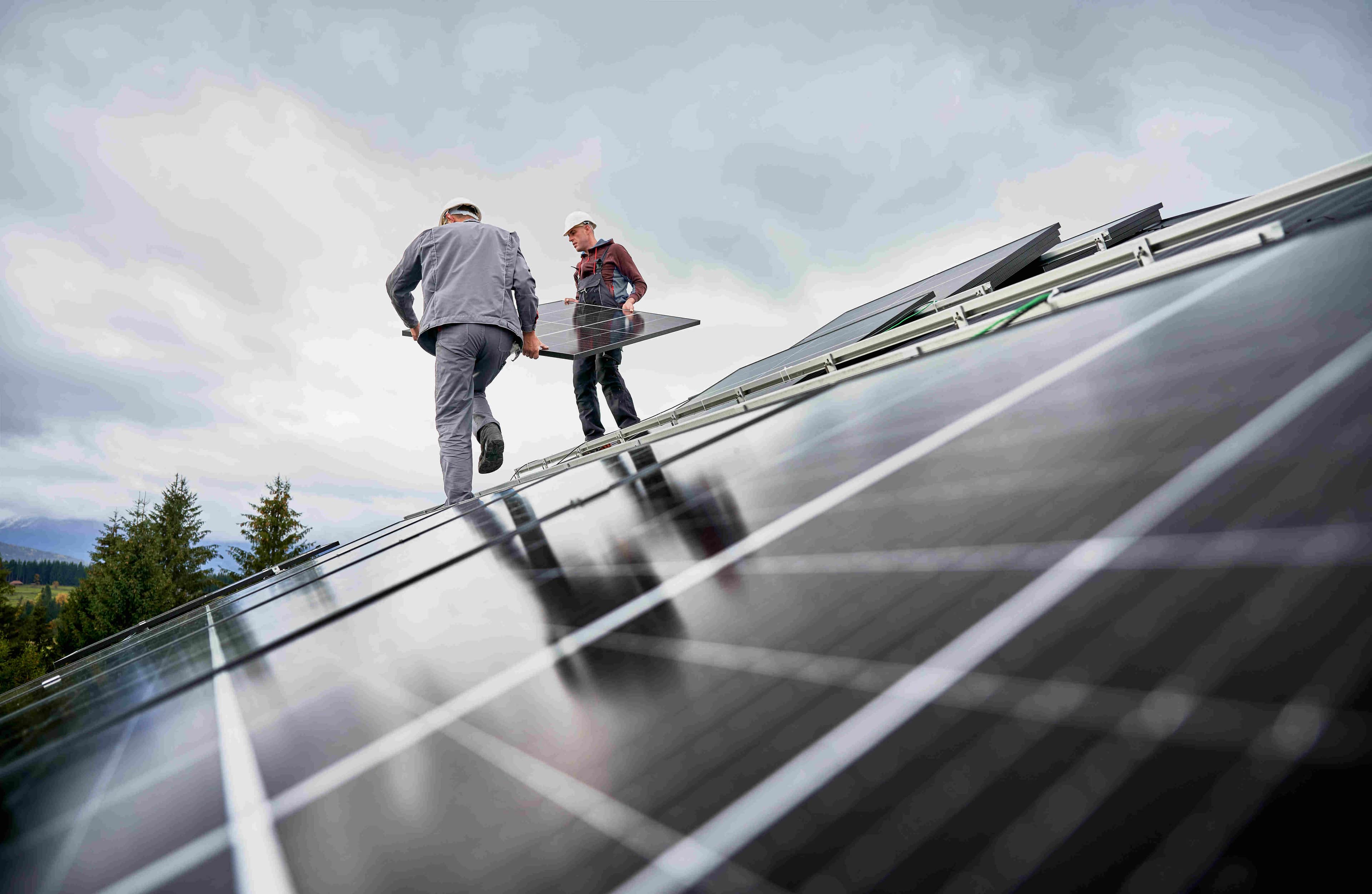
Extreme Weather Can Cause Damage
Bushfires, hailstorms, and intense summer heat—Australia’s dramatic weather can take a toll on your panels. Regular inspections help identify and address small issues before they turn into costly repairs.
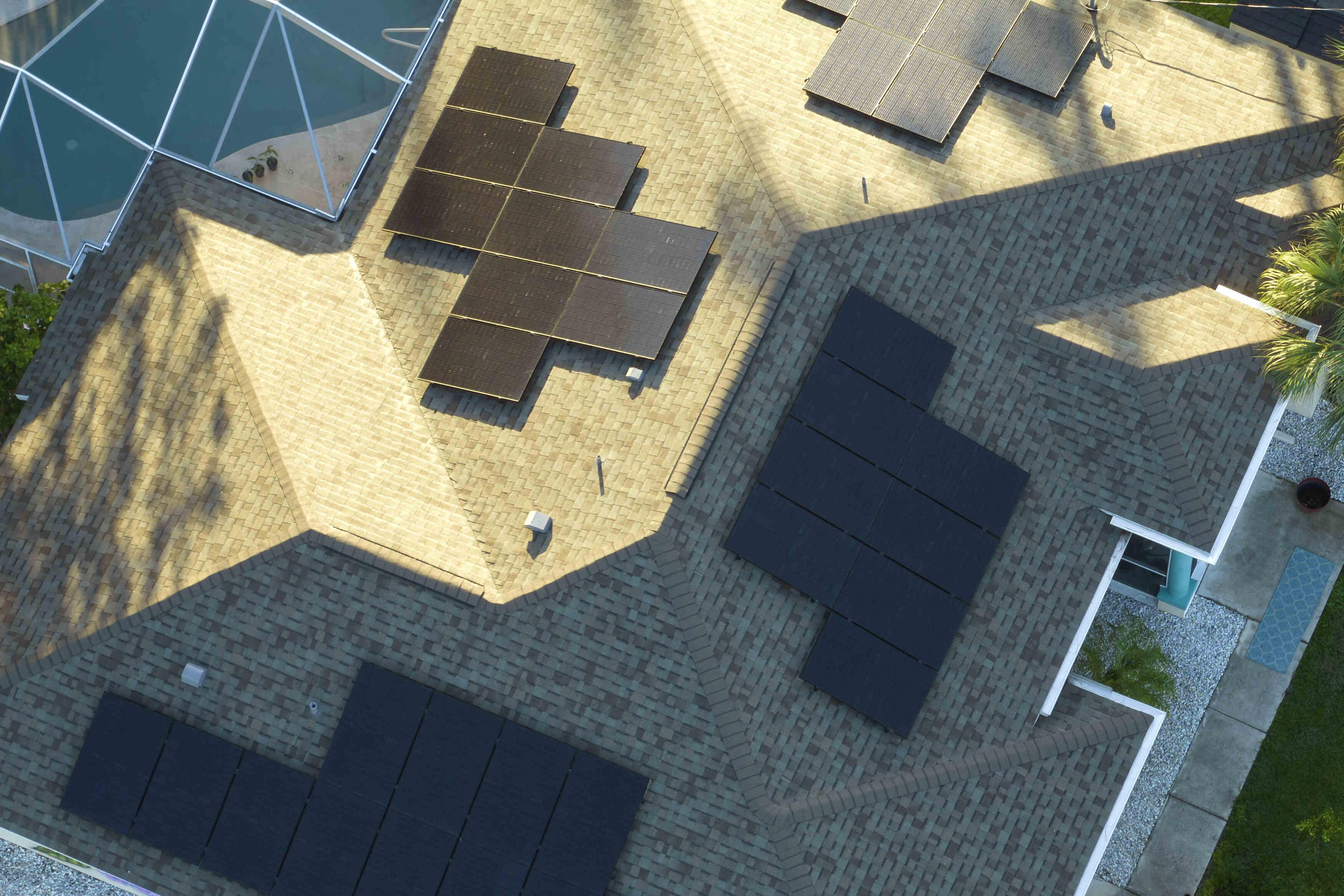
Neglect Can Lead to Expensive Repairs
Without routine maintenance, problems such as cracks, electrical faults, or inverter issues can go undetected, resulting in substantial repair bills. By maintaining your panels, you not only maximise energy production but also protect your investment.
What Are the Common Problems that Occur with Solar Panels?
Most issues are rare, especially with regular upkeep, but here are the common problems to look out for:
1. Dirty Panels
2. Cracked or Shattered Glass
3. Loose Wiring or Corrosion
4. Inverter Faults
5. Pests Nesting Under Panels
6. Hot Spots
7. Internal Damage or Moisture Intrusion

We’ve discussed these common solar panel issues in our solar maintenance guide. This guide focuses on the common problems with solar panels and when and how to address them.
Preventive vs Corrective vs Emergency Maintenance
Some issues are routine and inexpensive, while others can be more urgent and costly. The type of maintenance your system needs will directly impact how much you’ll spend.
Preventive maintenance is your routine check-up. You schedule this type of maintenance to keep things running smoothly. It includes visual inspections of panels and wiring, occasional professional cleaning, and system performance checks.
Corrective maintenance kicks in when something isn’t working quite right. It may involve replacing broken panels or faulty inverters, repairing loose connections or damaged cables, and fixing corrosion. It costs more due to replacements or repairs needed.
Emergency maintenance is needed when your system suddenly fails or there is a safety issue due to damage from extreme weather, such as a storm or fallen debris. In these cases, immediate action is necessary to prevent hazards or further damage.
The Often-Overlooked Costs of Not Maintaining Your System
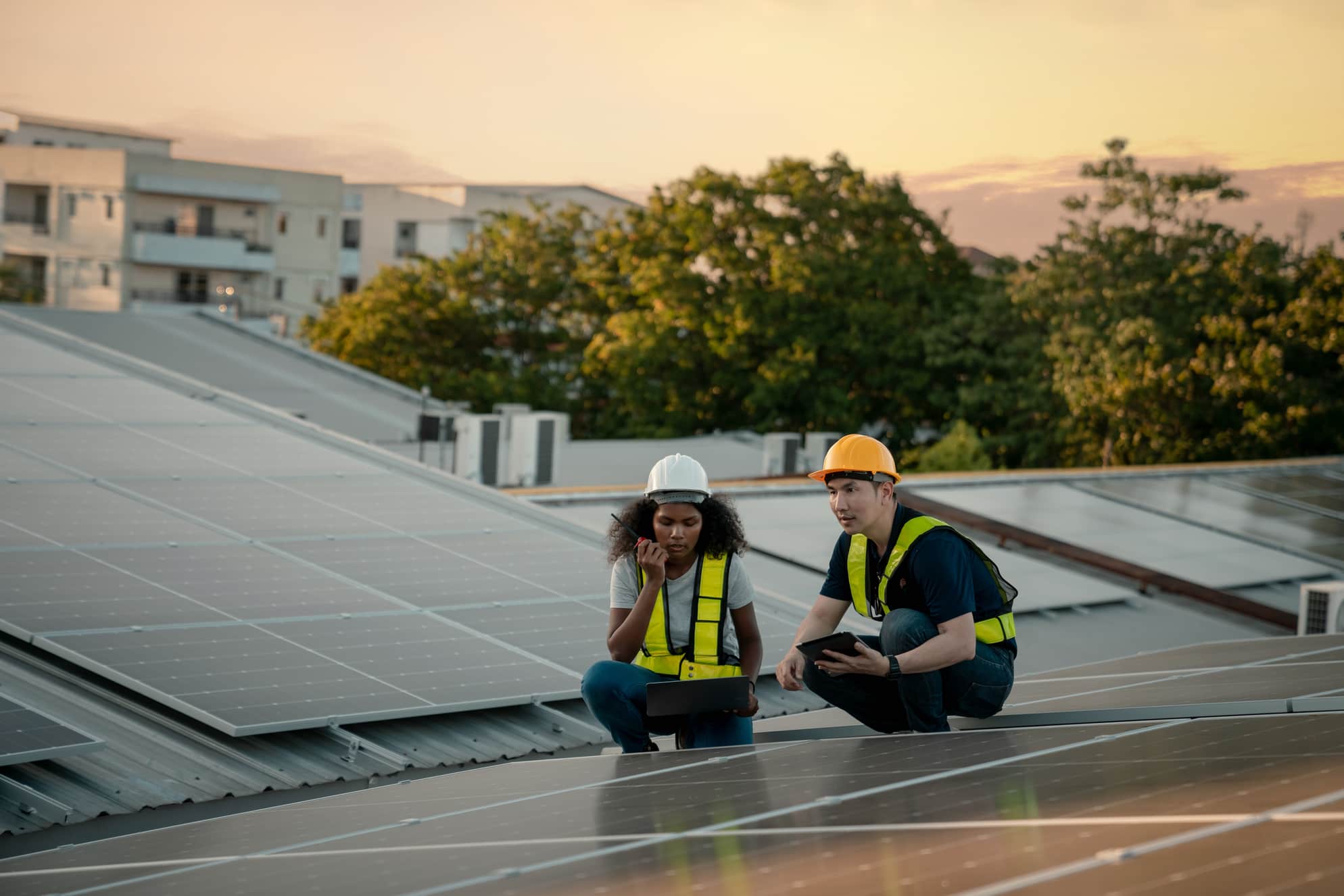
Decreased Feed-in Tariffs
When your panels aren’t performing at their peak, because they’re dirty, shaded, or damaged, they generate less electricity. That means you have less surplus energy to sell back to the grid, reducing your feed-in tariff credits. Over time, those missed earnings can add up to hundreds of dollars lost each year, depending on your system size and location.
Void Warranties
Most solar panel and inverter manufacturers include maintenance clauses in their warranty terms. If something goes wrong and you haven’t kept up with regular inspections or cleaning, you may end up paying for a repair or replacement that would have otherwise been covered. Regular check-ups, once a year, can save you thousands in the long run.
Reduced Return on Investment (ROI)
Let’s face it, you installed solar to save money. But a neglected system takes longer to pay for itself. Dirty or damaged panels can reduce efficiency by 10–25%, extending your payback period by several years. Worse, you might never see the full value of your investment. A little maintenance now keeps your savings on track and your ROI strong.
Should You DIY or Hire a Professional?
Handling solar maintenance yourself may seem like a good way to save money. But when your system and warranty, and your safety are at stake, it’s worth knowing where to draw the line. There are zero-cost checks you can do on your own that help you stay ahead of potential issues.

Use Your Monitoring App: Most solar systems have a monitoring app that tracks your system’s performance. If you notice any unusual drop in output, it could be a sign that your panels need attention.
Check Your Inverter: Most inverters have a display or indicator light. Your inverter should have a display or app connection that shows its operational status. If it’s showing an error or not functioning properly, that’s an indicator that it may need professional inspection or repair.
Watch Your Electricity Bill: A sudden increase in your bill could point to underperforming panels or inverter issues.
Visual Checks from the Ground: You can occasionally check for visible debris, nearby trees casting shade, or pest activity around the system.
Most solar panel maintenance tasks, especially anything on the roof, should be done by a professional, such as a licensed electrician or CEC-accredited solar installer like 1KOMMA5°.
Routine Cleaning: Since most systems are installed on rooftops, professional solar cleaning is the safest and most thorough option.
Inverter or Electrical Issues: Any electrical work, including isolator switches, wiring, or inverter faults, should always be handled by a licensed solar professional. Attempting DIY maintenance on electrical work can void your product warranties. Paying for professional servicing ensures your coverage remains valid.

How Much Does Solar Panel Maintenance Cost?
The cost of maintaining your solar system can vary depending on the type of service, system size, and location. Knowing the potential costs helps you budget for securing your system’s efficiency. Here's a breakdown of usual services, their estimated costs, and how frequently you might need them:
| Service | Average Cost | Frequency |
|---|---|---|
| Solar Panel Cleaning | $15 - $20 per panel | Once or twice every one to two years |
| Solar Inspection | $150 - $300 annual inspection | Every one to two years |
| Solar Replacement | depends on whether the issue falls under warranty | As needed |
| Solar Panel Service | depends on the type, severity, and whether the issue falls under warranty | As needed |
| Solar Panel Removal | $300 per panel | As needed |
| Reinstallation | System size (in watts) × $1.20 per watt | As needed |
| Inverter Replacement | ∼$3,000 (depends on whether the issue falls under warranty) | As needed |
These figures are general estimates. The actual cost may be higher depending on the severity of the issue, the complexity of the fix, and any parts that need replacing.
If you're experiencing issues with your solar system or want a clearer idea of service costs or warranty coverage, we’re here to help. Send our support team a ticket, and we’ll get back to you with accurate pricing and personalised advice based on your system.
What About Pigeon Proofing?
Pigeon problems aren’t just an eyesore. They’re a real threat to your solar system’s health. In metro areas like Sydney, Melbourne, and Perth, it’s common for birds (especially pigeons) to nest under panels, damaging cables, blocking airflow, and creating a mess that’s hard to clean. Bird-proofing your solar panels isn’t just smart, it’s essential.
Pigeon Proofing Costs in Australia
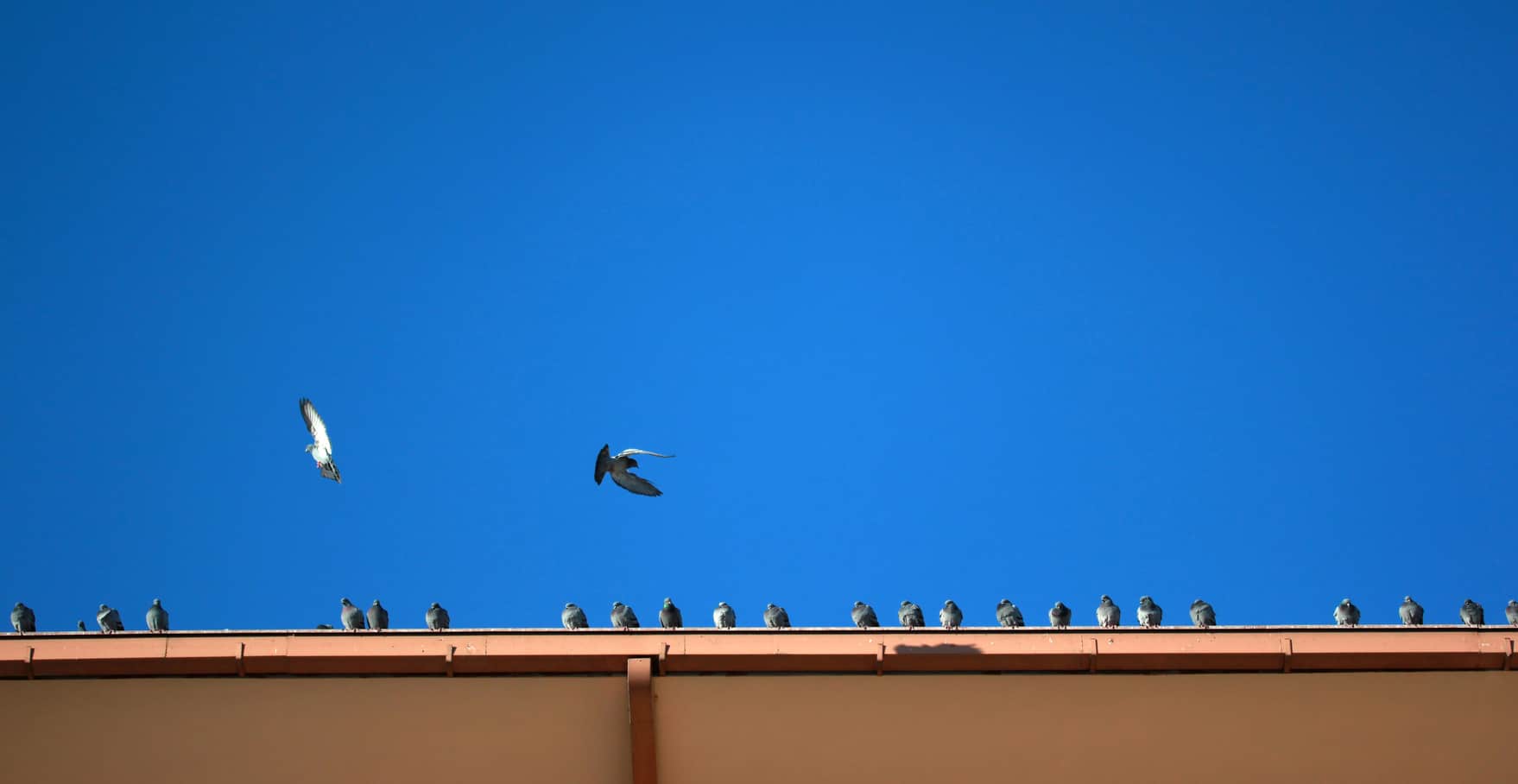
Professional installation (bird mesh): $400–$1,000
(Varies based on roof size, pitch, and ease of access)
DIY kits (mesh, clips, gloves, etc.): $80–$200
(Great for the handy homeowner, but time-consuming)
Other deterrents (ultrasonic devices, decoy owls, reflective tape): $30–$150
(Use in combination with physical barriers for best results)
Tip: Bird mesh is typically a once-off investment that lasts for years, if professionally installed and maintained.
Best Pigeon Proofing Methods

Bird Mesh
A metal mesh is clipped securely around the perimeter of your solar panels, sealing off access underneath without affecting performance or airflow.

Spikes
Good for keeping birds off ledges, gutters, and nearby roof areas—but not suitable directly on panels.

Ultrasonic Repellents
These emit high-frequency sounds designed to deter birds. Results are mixed, so they work best when combined with mesh or visual deterrents.

Gutter Guards
Stop leaves, droppings, and nesting materials from clogging your gutters—an ideal add-on if you’re already installing bird mesh.
Factors Affecting Solar Panel Maintenance Cost
Not all maintenance jobs cost the same. Here are some key factors that can impact how much you’ll pay:
1. Size of Your Solar System
Larger systems mean more panels, which means more to inspect, clean, or service. A 10kW system will naturally cost more to maintain than a 3kW system.
2. Accessibility of Your Roof
Is your system on a double-storey house or a steep roof? If it’s harder to access, the service may take longer and require special safety equipment.
3. Location of Your Property
Rural properties might attract higher call-out fees, while homes near the coast may need more frequent maintenance due to salt build-up.
4. Condition of the System
How dirty or worn out is your solar system? Light cleaning is inexpensive, but removing bird nests, cleaning up pest damage, or repairing rust can increase the price significantly.
5. Severity of the Issue
Minor issues like dirty panels or loose wires are quick fixes. But if there’s a cracked panel, inverter fault, or significant corrosion, the repair or replacement cost will be higher. Severe problems may also require multiple visits or additional components.
6. Type of Service Needed
Basic inspection vs. panel replacement aren’t in the same price range. Cleaning is generally affordable, while diagnostics and replacements are more costly.
What Does Your Solar Panel Warranty Cover?
Solar panel systems usually come with multiple warranties that can reduce or eliminate out-of-pocket maintenance costs, but they don’t cover everything. Warranty terms vary by brand and installer, so always read the fine print. Some warranties are voided if maintenance isn’t performed as recommended.
Product Warranty (10-15 Years)
The product warranty covers manufacturing defects or equipment failures in the panel itself. If your panel stops working due to a fault that isn’t your fault like internal circuitry failure or material issues, this warranty can cover the replacement or repair.
What’s usually covered:
Faulty panels due to manufacturing defects
Early component failure (within the warranty period)
Cracked glass (if it wasn’t caused by external damage)
Internal corrosion or delamination
What’s not covered:
Damage caused by storms, fire, or pests
Issues due to poor installation (unless done by the retailer who provided the warranty)
Damage from user error, unauthorised repair, or neglect (e.g., not maintaining it as required)
Performance Warranty (25 Years)
A performance warranty guarantees that your solar panels will maintain a certain output level over time (often around 80% efficiency at year 25). If your system’s performance drops significantly below this benchmark, you may be eligible for support.
What’s usually covered:
Significant performance degradation beyond the stated rate
What’s not covered:
Power loss due to dirt, shading, or lack of cleaning
Reduced output caused by inverter issues or wiring faults.
Installation Warranty (1-10 Years)
Solar installers provide this type of warranty. It covers errors in installation, such as poor wiring, mounting issues, or incorrect inverter connections.
What’s usually covered:
Faulty or unsafe electrical work
Roof damage caused during panel installation
Loose or unstable panel mounting
What’s not covered:
Wear and tear over time
Modifications made by a third party
Poor performance from external causes (e.g., shading or debris)
Does Home Insurance Cover Solar Panel Maintenance?
Home insurance can offer some financial relief regarding your solar system, but there are limits.
In most cases, solar panels that are permanently attached to your roof are considered part of your home’s structure and are included in your building insurance policy. That means you might be covered for:
Storm, hail, or fire damage
Fallen trees or other accidental impacts
Vandalism or theft

Always inform your insurance provider that you have solar panels and confirm they’re listed on your policy.
However, home insurance typically does not cover routine maintenance, cleaning, or wear and tear. So, if your system isn’t performing well due to grime, corrosion, or aging components, you’ll likely need to cover those costs yourself.
What Happens If You Skip Maintenance?
Small problems, if left unchecked, can also turn into larger, more expensive repairs. A clogged panel today could lead to premature wear. A loose wire left alone might turn into a full system fault. Inverter problems, if ignored, can result in total failure, and that’s one of the expensive components to replace.
Worse, some manufacturers may void your warranty if there’s evidence of neglect or unauthorised repairs. That’s a risk no solar homeowner wants to take.
In short, the cost of occasional maintenance is small compared to the financial hit of an underperforming or damaged system. Regular care helps protect your long-term savings, keeps your warranty intact, and extends the lifespan of your solar investment.
If you’re unsure about your system’s condition or suspect something’s not quite right, don’t wait. Reach out to 1KOMMA5° support by submitting a ticket. We’ll help you determine if your system needs servicing and provide the detailed pricing.
More Helpful Articles:

1KOMMA5° Blog
Need more information?
Head over to the 1KOMMA5° blog for more helpful tips and other important guides on everything solar, from inverters, panels and batteries to how to make the most of your investment for years to come.